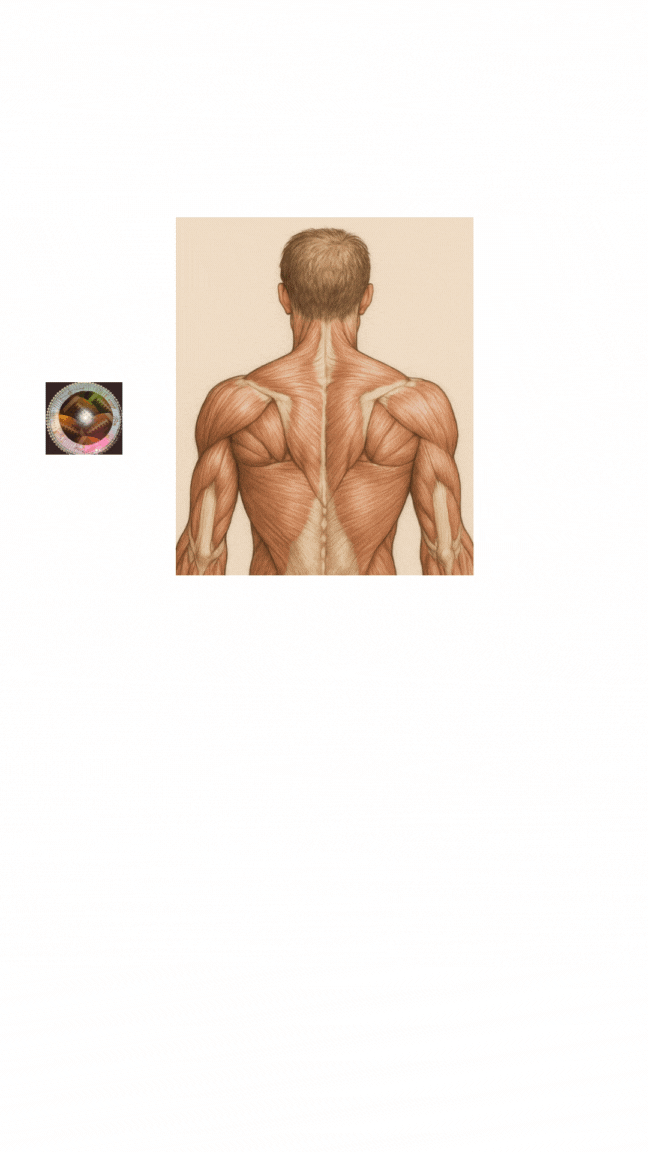
Lost Then Found Layers
Lost Then Found uses special technology to track people who may have wandered away, helping find them quickly and keeping them safe. It also sends alerts to let family members know if something happens.
Top of Patch

Our project uses quantum sensors to know the location of a person who has wandered away. Right now, we are using satellites and sometimes they don't work or can break. When the satellites don't work, you can't use current electronics. There are also places like space and any body of water where GPS won't work because satellites can’t reach them.





Patch
Placement
Layer One

Lost Then Found has a quantum positioning system. It uses photons and four pairs of light particles. A photon is a bunch of electrical energy that makes up all light. The photons go through four special paths. Three paths tell you where you are. Path number 4 keeps the timing accurate. This technology can give us a much better idea of where we are than today's GPS.
A quantum accelerometer measures how fast, how far, and what direction a person is moving. Using tiny particles, it provides exact movement like a sensitive motion detector.
It has a wireless chip that sends data about the person to a phone. There is an option to send it to family members, the doctor, or an emergency worker. This is the messenger that sends real-time updates on the location and vitals of the person.
Layer Two

The quantum parts need a cooling system to keep everything working. The quantum sensors and small computers use tiny particles to remove heat, helping our invention stay cool while using only a small amount of energy. The system is small and bendable. The quantum cooling system will be placed on a flexible circuit. The circuit connects everything with copper wires. It is made out of conductive polyester that is thin, bends, and stretches. A microprocessor would collect the information from the quantum sensors. It is the brain of our device. It thinks and processes the information it collects. There are sensors that measure temperature and heartbeat. People with dementia might not realize if they are too hot or cold. Checking their temperature helps to make sure that they are not in danger of a serious health condition or changes due to outside elements.
Bottom Layer

There is a protective layer that will keep the electronics safe from the elements while being flexible and not causing skin problems. Lost Then Found is protected by a hybrid 3D-printed patch. Mimicking octopus suction, the bottom side of the patch attaches to a person’s skin using an adhesive micropattern structure. The surface would be covered with tiny flexible brush-like structures. The tips would have tiny suckers that would stretch and bend without losing grip. The rest of the patch would be a smart polymer that can adapt to the person’s skin.
Lost Then Found is a patch that is attached to a person that is likely to wander. It will be placed between the shoulder blades in the middle of the upper back. This spot is hard to reach, so will stay in place longer.
